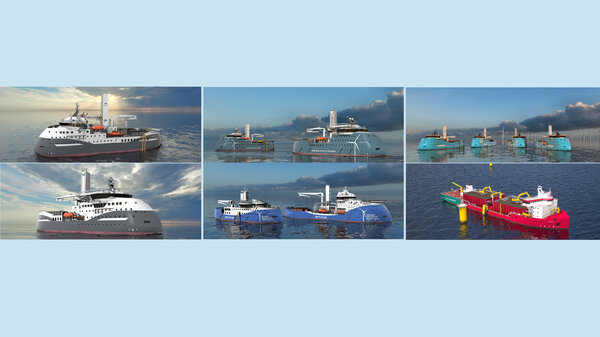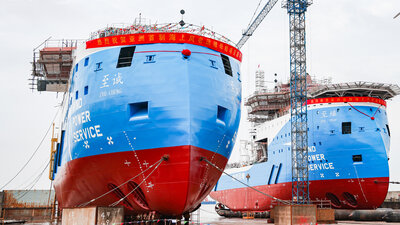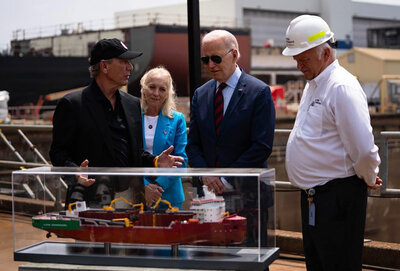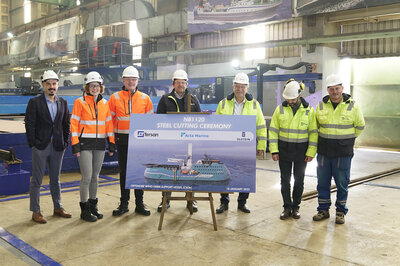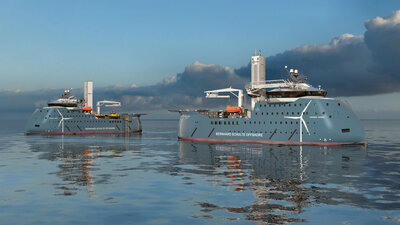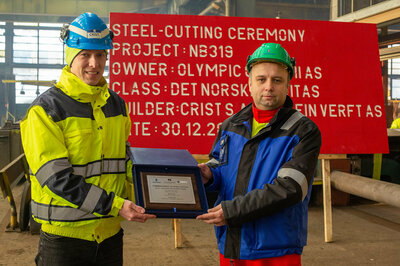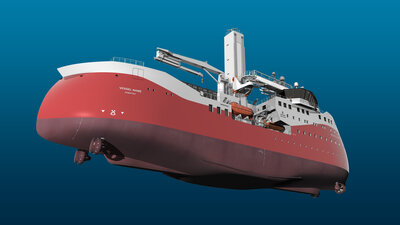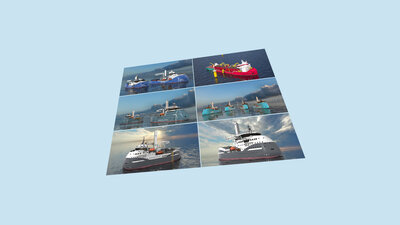
Ulstein-designed offshore wind vessels under construction
Ulstein has extensive experience building vessels at its own yard, Ulstein Verft, and through collaboration with third-party shipbuilders. 13 offshore wind vessels are currently under construction on three continents.
Since 2000, Ulstein Design & Solutions has developed 164 vessel designs, of which the majority have been built outside our own shipyard, Ulstein Verft.
Building a fleet of vessels to secure market growth in offshore wind:
Currently, 10 C/SOVs of Ulstein's designs are under construction, all based on the novel TWIN X-STERN hull. Four are being built at Tersan for Acta Marine based on the ULSTEIN SX216 design. Ulstein Verft is building six more, all based on the ULSTEIN SX222 design, for Olympic, BS Offshore and J.P. Morgan, respectively.
Additionally, the U.S.-based Philly Shipyard is building a Jones Act subsea rock installation vessel (SRIV) developed by Ulstein in collaboration with Great Lakes Dredge & Dock Corporation (GLDD).
The China-based shipyard ZPMC is building two SOVs for Shanghai Electric. They are based on the ULSTEIN SX195 and ULSTEIN SX197 designs, respectively.
Securing project deliveries
Ulstein Verft has an outstanding history of on-time deliveries. The experiences gained from building vessels in Ulsteinvik are used to support and secure competitive projects elsewhere.
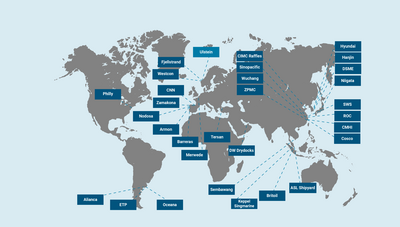
How we can be of assistance
From the development of the business case to the commissioning and lifecycle support of the vessel, Ulstein can be a reliable partner.
We can help you with:
- Developing the right vessel for your operations
- Realizing a successful newbuilding program
- Keeping your ship in shape
- Optimising vessel operations
- Moving towards Zero emissions
Further reading
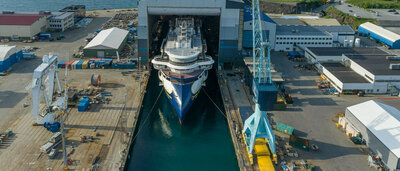
Three keys to a successful on-time vessel delivery
On-time delivery is often underestimated when evaluating vessel newbuilding projects. Delayed deliveries can represent an additional cost that can be as high as the original, newbuilt price of the vessel. The Norway-based shipyard, Ulstein Verft, is reputed for its precise deliveries. What do they do to achieve this?
